Cervical Traction: Indications, Contraindications, When to use?
Introduction of cervical traction:
Cervical traction is a well known treatment for a bulging disc in the neck or cervical region that relieves pain by opening of the cervical foramen.
it will reduce pressure on compressed nerve roots exiting the spinal canal.
Traction can be applied manually or by traction devices.
The practice of giving traction is followed from the fourth century, where it was used to treat kyphosis.
in 1600s Germents introduced cervical traction in the medical practice. in that it was used as a accompaniment to open reduction of cervical dislocations and cervical spine fractures.
after many years the halter device was introduced for cervical injuries.
cervical traction pulls your head away from your body, so there will be enlargement of the area and it also reduces compression present over the area.
it is considered good with the patients having certain cervical pathologies to helping them to avoid the need of medications and /or surgeries.
so it is said to be highly effective and also fast acting.
Definition:
it is the non-invasive procedure used to give symptomatic pain relief for various cervical pathologies.
it involves the gentle stretching of your neck and does separation of the disc and joint surfaces of your cervical spine.
When to consult a Doctor for your neck issues?
symptoms that sometimes/ often come from your neck include:
- pain in the middle area of your neck
- pain in one side of your neck
- pain in one or both of your scapular region or /upper back region
- pain or tingling / numbness in your arm or hand or both extremities.
but many symptoms or signs coming from your neck might be felt at other different areas, so it is important to consult your doctor to determine the cause of the symptoms to decide accurate treatment plan.
Indications of cervical traction:
Following are the list of conditions where Cervical traction mostly recommended by your Doctors :
- Cervical disc pathologies
- Cervical spine fracture
- Discoloration of facet joints
- Atlanto axial joint subluxation
- Synopsis of occipito cervical joint
- Cervical spondylosis
- Cervical rediculopathy
- Cervical Stenosis of foramen
- Tightness of fascia of cervical region
Uses of cervical traction:
- To relieve inflammatory reaction of nerve roots
- To improve circulation within cervical musculatures
- To reduce swelling in the tissue
- To prevent formation of adhesion of the dural sleeve.
Contraindications of cervical traction:
- Osteomyelitis or discitis
- Bone or spinal cord tumor
- Unstable fracture
- Severe osteoporosis
- Hypertension
- Cardiovascular disease
- Inadequate expertise
- Central intervetebral disc herniation
- Carotid or vertebral artery disease
- Hypermobility
- Rheumatoid arthritis
- Acute torticollis
- Peptic ulcer disease
- Old age
- Ligametus instability
- Cervical mylopathy
Mechanism of action:
There is no specific theoratical description of relief mechanism provided by cervical traction.
but it is believed that it works under this mechanism:
- widening of intervertebral Disc foramen
- separation of facet joints
- decrease amount of pressure compressed on nerve roots
- decrease symptoms of radicular pain.
some theories also suggest that cervical traction does cervical muscle relaxation.
Preparation of the patient before applying cervical traction :
The patients vital signs should be checked before the application of the traction .
as specially for those patients with high risk of blood pressure or cardiac issues
it is important to take prior history and and checking of physical examination.
Method of application of cervical traction :
Name of the method : “Halter’s method “
Introduction :
There are mainly 2 methods of ” Halter”, they are explained below.
Types of halter’s method :
(1) Sunders occipital halter:
position of the patient: supine lying position
(2)Mandibular halter :
position of the patient: sitting position
- (points to be remember)
- For upper cervical spine traction=place the cervical spine in neutral or slightly extended position.
- For lower cervical spine traction=place the cervical spine in flexed position .(20 to 30 of cervical flexion)
Technique of application :
There are many methods to apply cervical traction to the neck.
they are as follows:
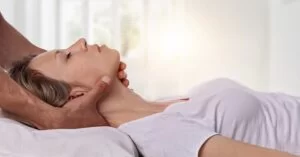
(1)Manual cervical traction :
it is applied mainly for the diagnosis of the pathology.
in this method the head and of the patient is held in the therapist’s hand, and then the therapist will give gentle traction to the neck.
sporadic periods of traction is applied.
(2) Mechanical cervical traction:
it includes the placement of a halo device around the head.
the harness is attached to the machine that applies traction force.
throughout the treatment, the device is controlled by the control panel.
How to calculate Cervical traction weight?
The following are the most common Parameters used to Calculate weight when applying cervical traction.
Parameters of cervical traction:
- Acute phase =
- force -3 to 4 kg
- hold/relax – static
- duration – 5 to 10 mints
- Joint distraction =
- force -7% of body weight
- hold/relax – 15secs/15secs
- duration – 20 to 30 mints
- Decrease spasm =
- force -5 to 7 kg
- hold/relax -5secs /5secs
- duration – 20 to 30 mints
- Disc problems =
- force- 5 to 7 kg
- hold/relax – 60secs/20secs
- duration – 20 to 30 mints
Relative precautions :
Patients having following conditions should monitor for changes in their body,
in this circumstances traction may need to be discontinued or reduced.
- Patients with displacement of annulus fibrosis
- Patients with medial disc protrusion
- Patients having difficulty in long time supine or prone position
- Clustophobia
- Patients with temporomandibular joint problems
- Traction anxity
Cervical Home traction :
(1)Home supine traction units :
easily available in medical stores
the unit has a low cost so anyone can buy it for home treatment.
consist of a pulley system, head straps, and posterior pads.
position of the patient :
supine lying with neck slightly flexed.
Method :
door-mounted pulley system is tie with patient.
stabilization is provided by a head strap.
posterior pads are tightened against occiput and mastoid processes.
the patient pumps a pneumatic device to the desired level of tension as decided by the therapist.
no harness is used.
no pressure is applied over the mandible.
(2) Wall or door-mounted traction units :
position of the patient :
supine lying with the neck slightly flexed.
Method :
readily available in pharmacies.
consist of a pulley often mounted over a door.
a plastic bag filled with water is utilized as a weight for appropriate tension.
the patient pulls on a rope until appropriate tension is reached.
it is having utilized harness without a chin strap.
occipital is secured and there is no pressure over the mandible.
(3) Home pneumatic supine traction units :
position of the patient :
supine lying with neck being pulled in extension.
Method:
available at medical supply stores.
cost is higher in compare with previous ones.
it consist of a device that utilizes a sliding track.
head is placed on a pad and it slides on a rail.
this decreses the load neccesary to produce traction force and eliminate friction.
in this there will be use of halter.


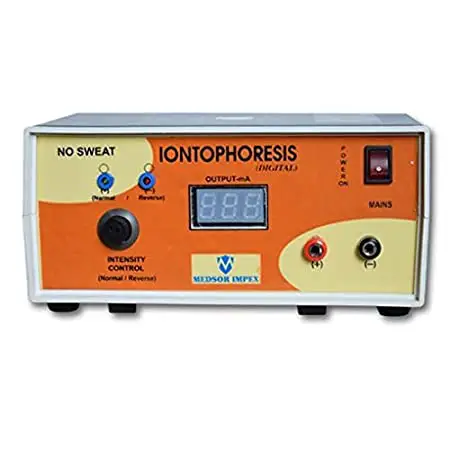
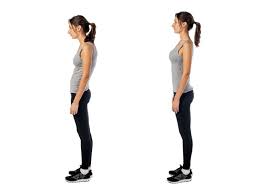

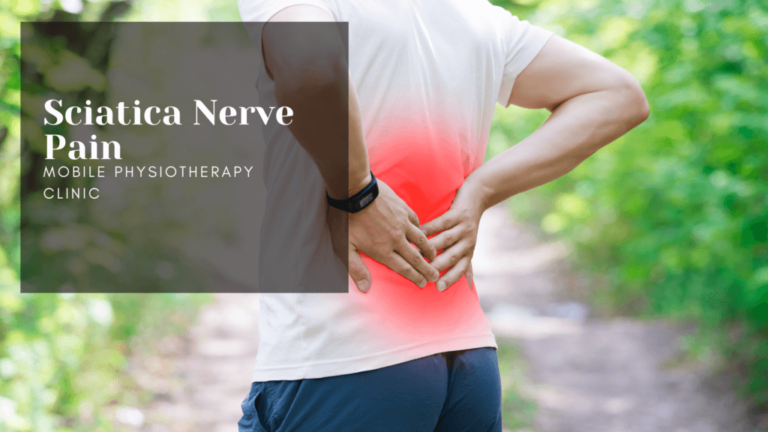
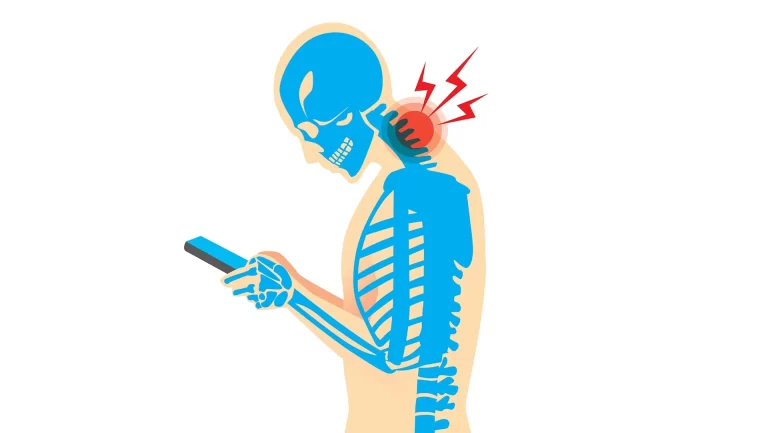
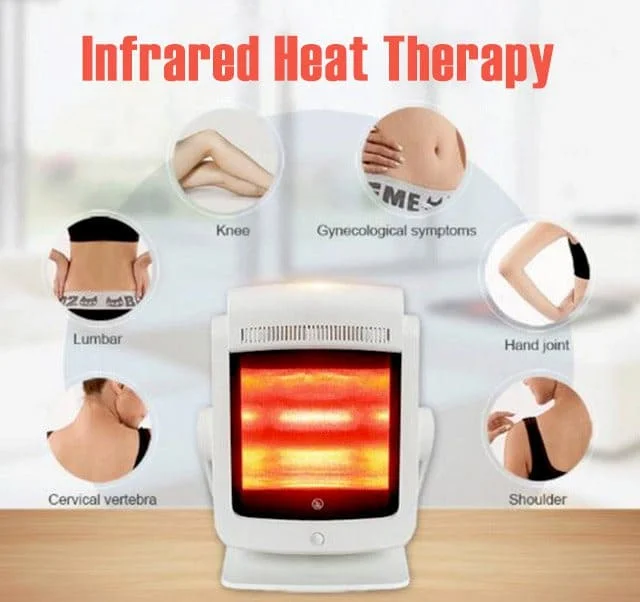
11 Comments